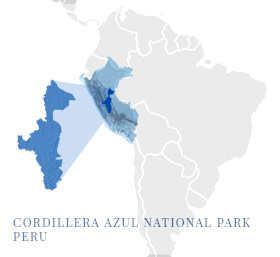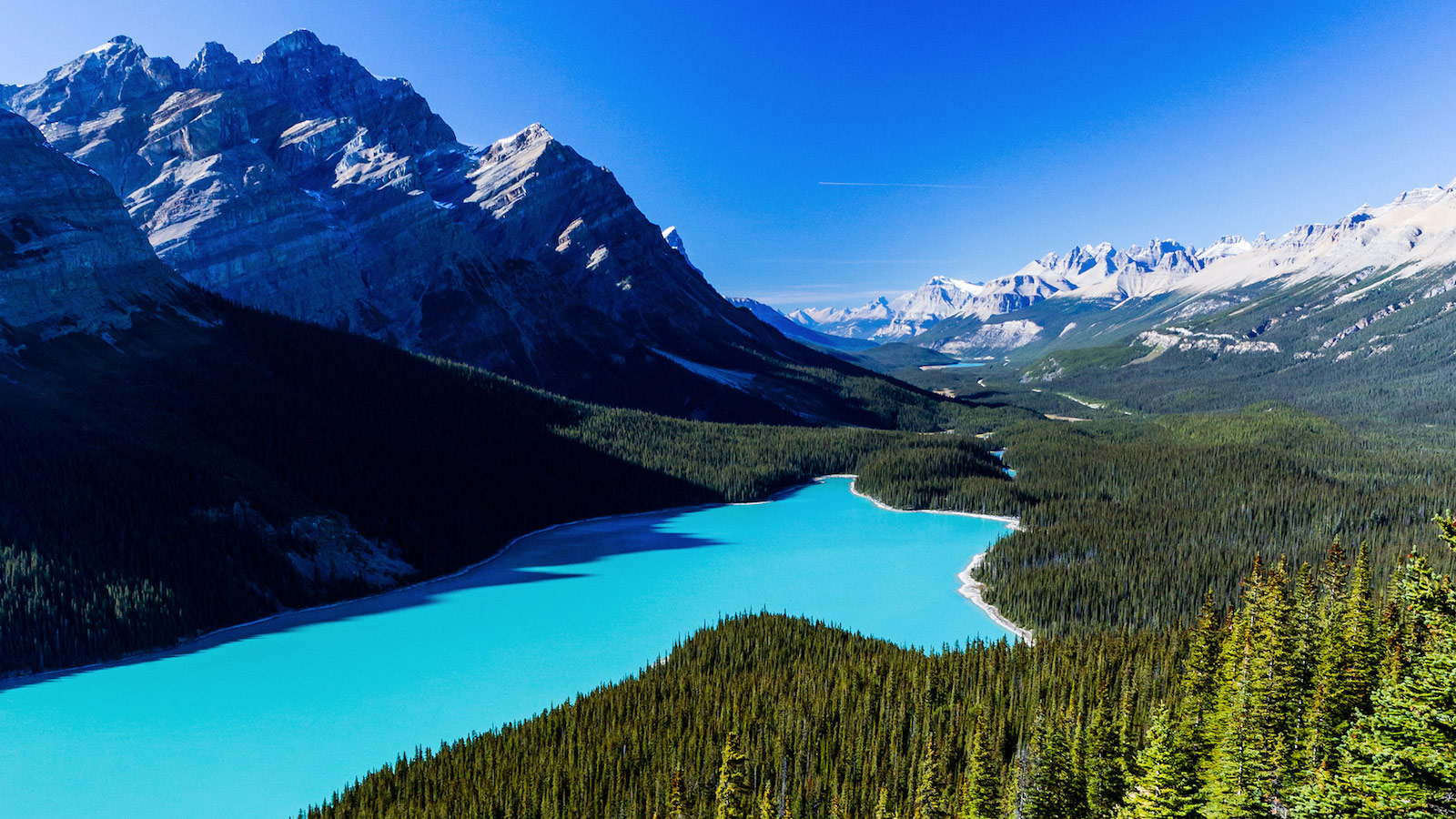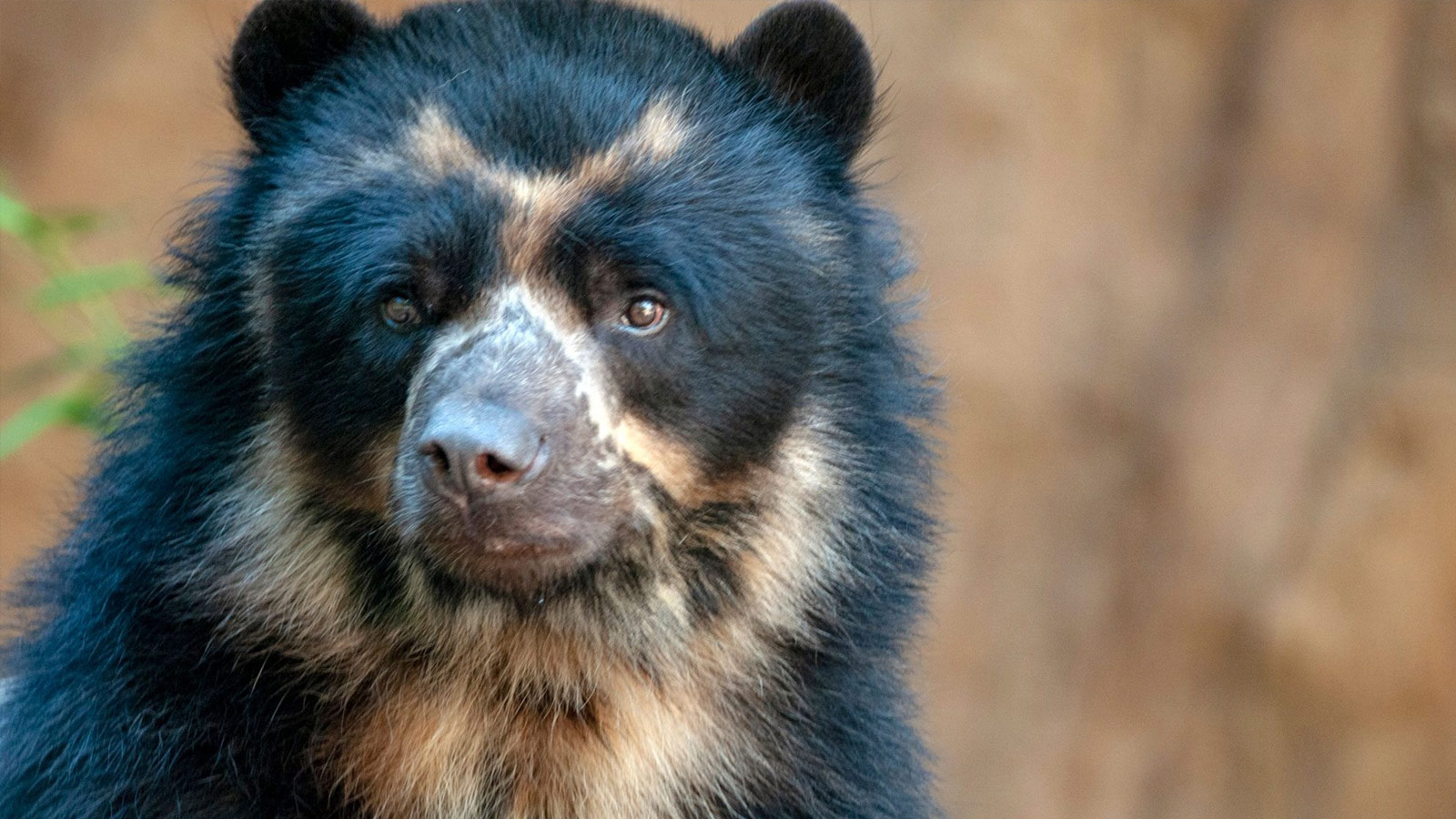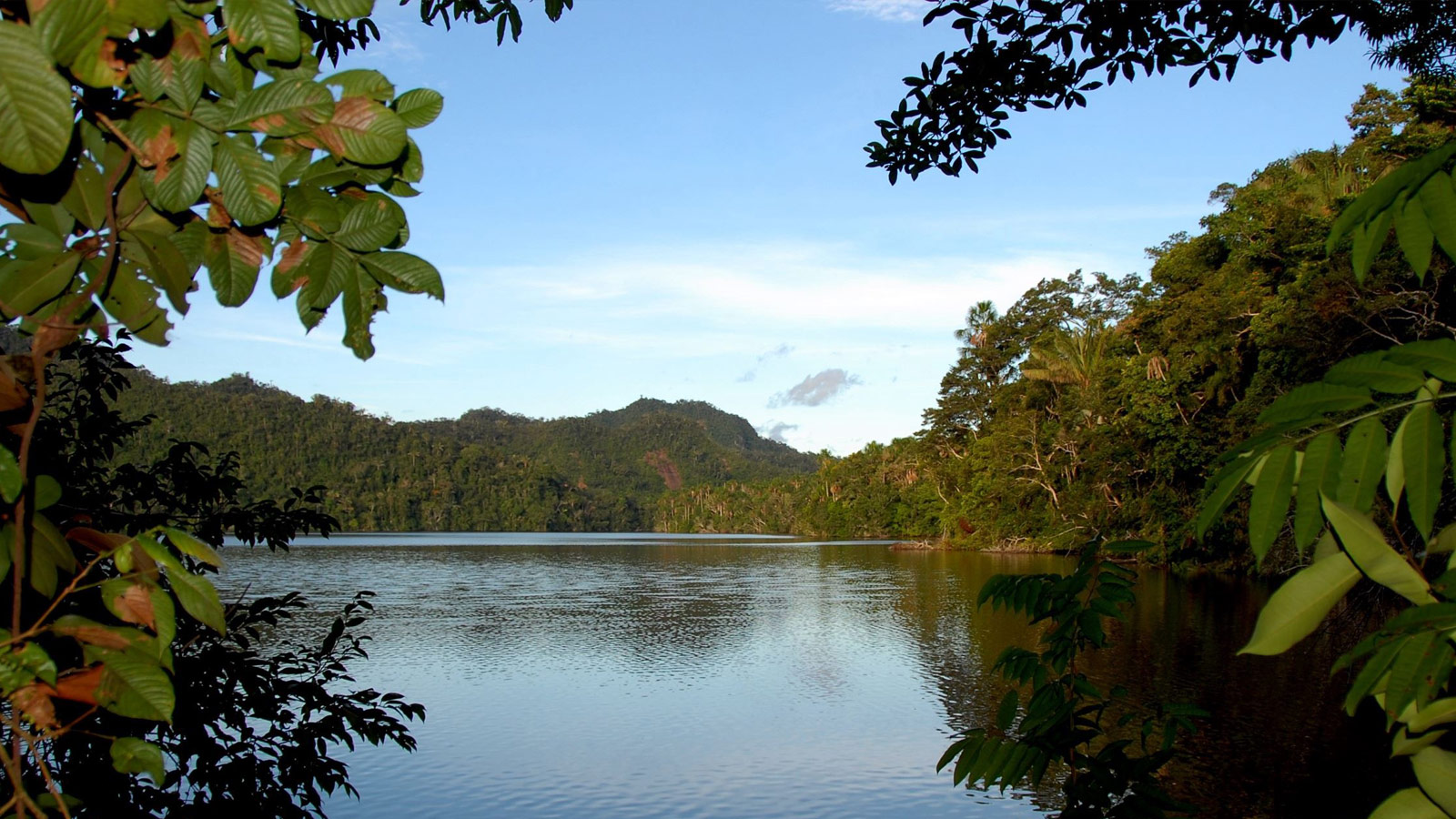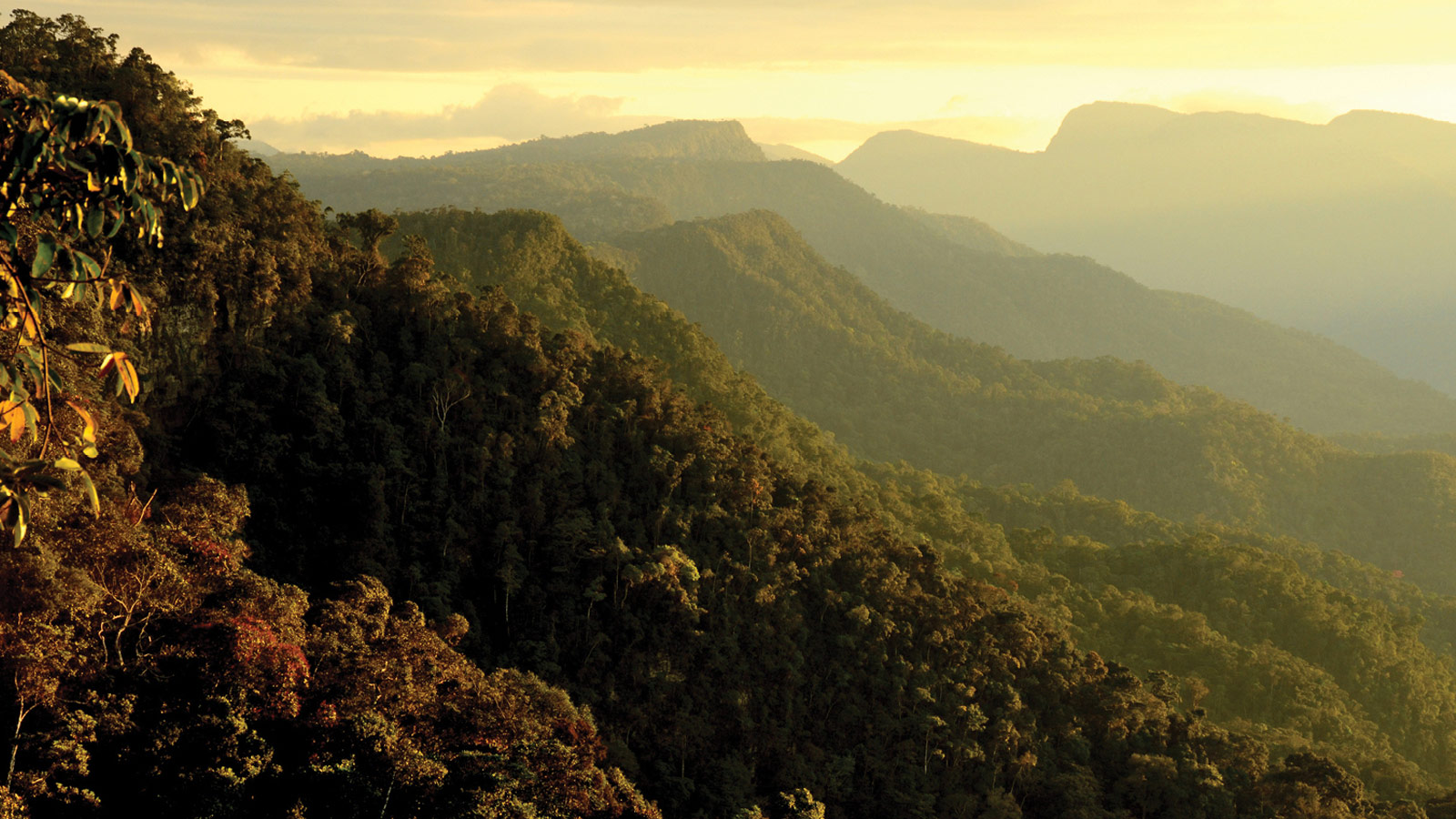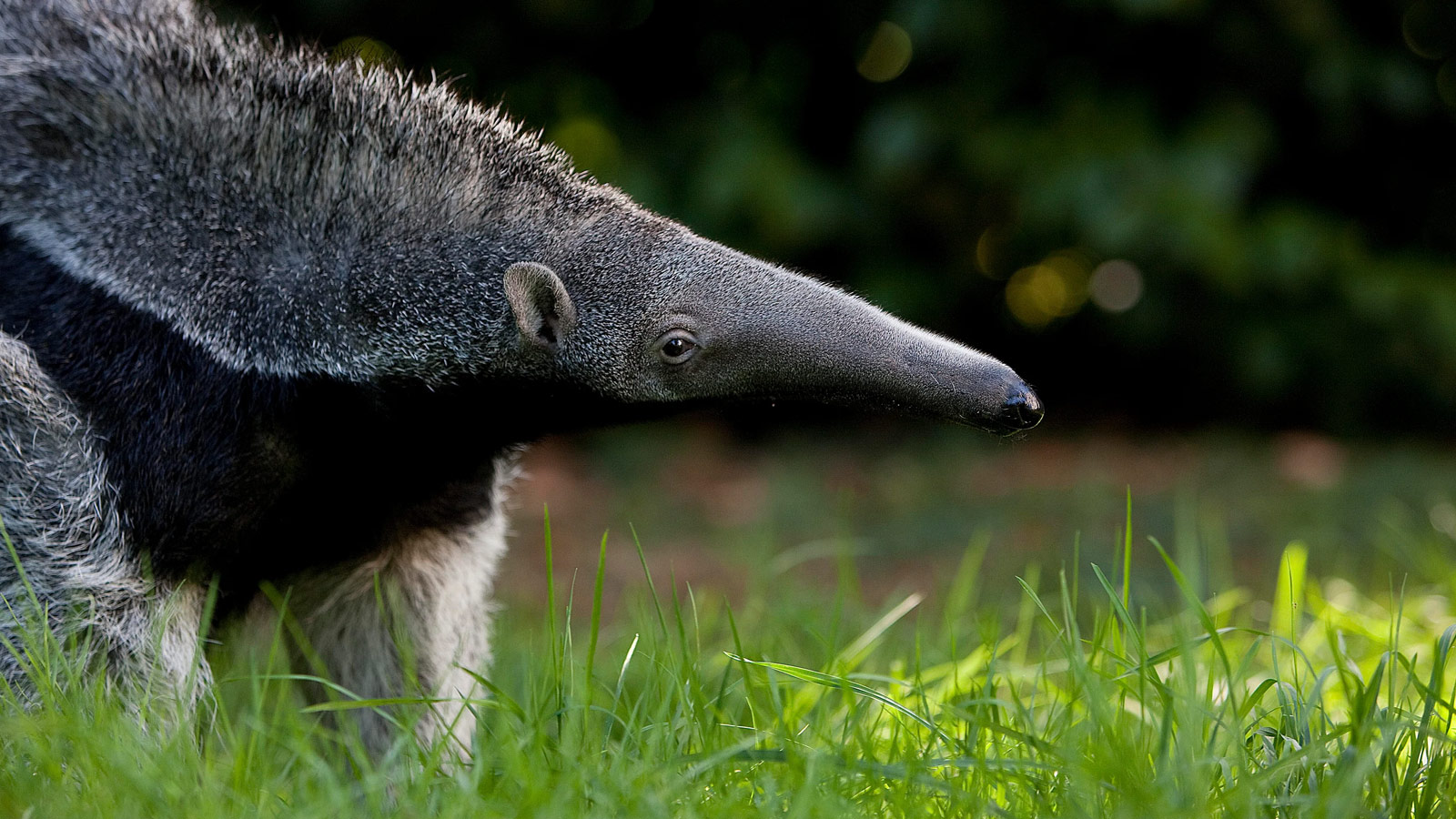A large, intact expanse of Peruvian rainforest
The Cordillera Azul National Park Project protects a large, intact expanse of lower-montane forest left in Peru. Its designation as a REDD ((Reduce Emissions from Deforestation and Forest Degradation) certified project, means it meets high standards established by the United Nations for better protection, restoration and management of the world’s forests. The project also meets the requirements of the Verra – Climate, Community and Biodiversity Standard. This ensures that the Cordillera Azul National Park Project also meets sustainable development goals, while sequestering CO2.
The original project area is 1,351,964 hectares. In 2007 the buffer zone was expanded by Peruvian government legislation, resulting in an area of 2,301,117 hectares. This project actively protects the forest from illegal deforestation and uses forest cover, park patrols, and observations by community representatives to assess the effect of the project activities on biodiversity in the project zone.
Flora that’s new to science
At least 12 species of plants likely new to science were recorded during the “rapid inventory” phase of the project, along with hundreds more that were range extensions. Scientists also found plants with unusual biological features or behaviors, including more than 20 species that have obligate mutualism with ants. At least five tree species, all in the genus Tachigali, show evidence of monocarpy (i.e., flowering only once in their life, then dispersing seed and dying). Large, commercially valuable species, mahogany (Swietenia macrophylla) and tropical cedars (Cedrela odorata, Cedrela fissilis) have also been identified. These are now very rare and have nearly vanished from riparian and river floodplain areas due to selective harvesting elsewhere in the tropics.
Endemic and endangered animals
The fauna found at Cordillera Azul includes several endemic and rare mammals. Of the 71 species registered in 2000, 12 are of international concern because of their global rarity. Three species of monkeys are on this list: spider monkey (Ateles chamek), woolly monkey (Lagothrix lagotricha), and saki monkey (Pithecia monachus). The nine other rare mammals are spectacled bears (Tremarctos ornatus), neotropical otters (Lontra longicaudis), giant river otters (Pteronura brasiliensis), tapirs (Tapirus terrestris), white-lipped peccaries (Tayassu pecari), jaguars (Panthera onca), bush dogs (Speothos venaticus), giant anteaters (Myrmecophaga tridactyla), and giant armadillos (Priodontes maximus). The inventory team also found a likely new species of squirrel (Microsciurus “oscura”) and two other very rare species; the water opossum (Chironectes minimus) and the short-eared dog (Atelocynus microtis).
Flocks of rare birds
For the birders out there, this project’s biodiversity includes very rare species of birds; the scarlet-banded barbet (capito wallacei), bar-winged wood-wren (Henicorhina leucoptera), and royal sunangel (Heliangelus regalis). The park also protects large populations of big gamebirds threatened by hunting; the spix’s guan (Penelope jacquacu), blue-throated piping-guan (Pipile cumanensis), wattled guan (Aburria aburri), and importantly, the razor-billed curassow (Crax tuberosa), which is particularly vulnerable to local extinctions.
Also rare: human impacts
There are no organized human communities within the project region, excepting one rancher who was on the land before the project area was protected. The rancher is now a steward of the land providing a watchful eye. The possibility of non-contacted indigenous people from the Cacataibo group living in the southeast region of the park led to the establishment of a “strict protection zone” (Zona de Protección Estricta) in this region, where outside entry into this area of the project is not permitted. Until these people come out of their own volition and request contact, the region remains closed to all entry or use.
Dramatic geology
Cordillera Azul is also home to unique geology. Each mountain range in the park is a separate, uplifted block of mostly Jurassic and Cretaceous strata, which predominate in the north eastern Peruvian Andes south of the Marañon River. Most of these tilted blocks are oriented north and south, but some curve to run east and west. A distinctive geological feature, the Vivian formation consists of rows of flat, sloping triangles of rock up to 7 km broad at the base and 4 km along the ridge resembling giant zigzags. They are well developed and almost perfectly symmetrical in two areas of the park.
New discoveries, but also increasing threats
Local populations use the park for subsistence hunting and fishing. Yet, pressure is building up in the buffer areas from the increasing population of peoples migrating to the region. The importance of the carbon sequestered by this project is evident in the rare and valuable species of flora and fauna, some of which undoubtedly we haven’t yet discovered.
